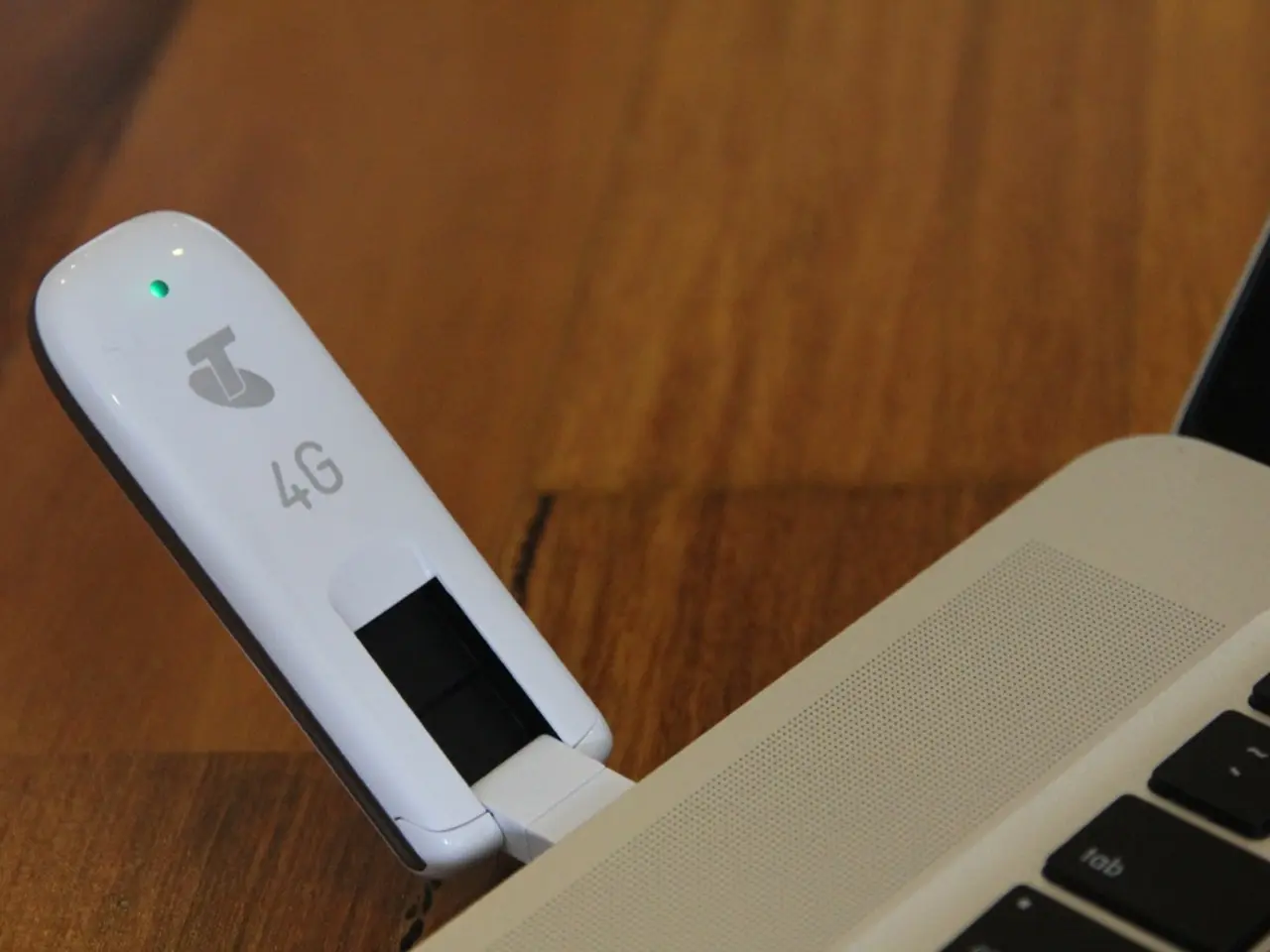Interview Questions for Girish Pancha, the Co-founder and CEO of StreamSets
In the ever-evolving world of data, StreamSets, a pioneering data integration platform, is making strides in addressing a common challenge: data drift. Founded in 2014 by Girish Pancha with a vision that data should be the lifeblood of the enterprise, StreamSets has been at the forefront of operationalizing data analytics [1].
Data drift, a constant and accelerating change in data platforms, structures, and semantics, has long been a hurdle for businesses. It wreaks havoc on downstream data analytics and business operations, but StreamSets has risen to the challenge. To combat this issue, StreamSets built and launched the StreamSets Data Collector, which evolved into the StreamSets DataOps Platform [2].
The StreamSets DataOps Platform is designed with principles of DataOps: continuous design, continuous operations, and continuous data observability. It addresses data drift primarily through advanced data drift detection and automatic adaptability [1]. This capability reduces the risk of pipeline failures or corrupted data flows caused by unexpected changes in source data formats or values.
StreamSets’ distributed, cloud-native architecture supports these features with real-time monitoring and alerting to maintain pipeline reliability and data quality [1][2]. Key features enabling StreamSets to manage data drift include automatic detection and handling of schema evolution and data drift during data ingestion and processing, real-time pipeline monitoring and alerting, a no-code/low-code drag-and-drop interface, and cloud-native, container-based deployments [1][2].
Looking ahead, the future of data integration and management is set to evolve in several key ways. The growing adoption of DataOps practices, emphasizing automation, continuous integration/continuous delivery (CI/CD), and robust monitoring, will enhance data pipeline reliability and speed [2]. Cloud-native architectures and containerization will become increasingly prevalent for scalable, flexible data platforms [2].
Real-time streaming capabilities combined with batch processing for hybrid workloads will also become more common [2]. Improved data governance, lineage, and compliance features embedded in integration tools will address regulatory requirements [2]. The expanding support for edge computing and IoT data management will cater to distributed and sensor-driven data sources [2]. Lastly, there will be a greater focus on automation of schema evolution and data drift handling to minimize manual intervention and downtime [2][4].
In conclusion, StreamSets is at the forefront of the shift towards more automated, cloud-native, and governance-aware data integration platforms. By leveraging its advanced detection, adaptability, and DataOps-centric design, StreamSets effectively manages data drift, a challenge that has long plagued the data industry. As the market continues to evolve, StreamSets is well-positioned to meet the growing demands for agility, scale, and compliance in data management [1][2][4].
References: [1] StreamSets. (2021). StreamSets DataOps Platform. Retrieved from https://www.streamsets.com/products/datacollector/ [2] StreamSets. (2021). StreamSets DataOps Platform. Retrieved from https://www.streamsets.com/products/datacollector/dataops-platform [3] Gartner. (2019). Gartner Magic Quadrant for Data Integration Tools. Retrieved from https://www.streamsets.com/resources/gartner-magic-quadrant-for-data-integration-tools-2019 [4] StreamSets. (2020). The Future of Data Integration. Retrieved from https://www.streamsets.com/resources/whitepapers/the-future-of-data-integration
- StreamSets, a leading data integration platform, has been instrumental in addressing the challenge of data drift, a constant shift in data platforms, structures, and semantics, which can disrupt downstream data analytics and operations.
- To combat data drift, StreamSets developed the StreamSets DataOps Platform, which employs advanced data drift detection and automatic adaptability, minimizing risks of pipeline failures or corrupted data flows.
- The StreamSets DataOps Platform is designed with DataOps principles, including continuous design, continuous operations, and continuous data observability, all of which are facilitated by its distributed, cloud-native architecture and real-time monitoring features.
- In the future, data integration and management are expected to evolve with the growing adoption of DataOps practices, cloud-native architectures, real-time streaming capabilities, improved data governance features, and a greater focus on automating schema evolution and data drift handling.




